One of my most often asked questions during back to school time is, “When do we start science?”. I’ve never met a child who didn’t love science and especially science experiments. These teaching ideas and beginning of the year science activities will help you introduce science in your classroom and lay a foundation for future science lessons.
Beginning of the year science activities
Most students arrive in my classroom knowing what a scientist is and have an idea of what a scientist does. Expand on that knowledge by reading books about scientists and the process they use. Take the opportunity to discuss science as knowledge and understanding about our natural world that is based on facts that scientists learn through observation, experimenting, collaboration, and problem solving.
I like to center my lessons and back to school science activities around questions students have. Each day we have a mini lessons to ask and answer a new question. Students are paired for partner talks to discuss them further before coming back to the group and sharing their thoughts. Some of the questions they discuss are, “What jobs do scientists do?” and “What skills do scientists use to do their jobs?”. Build on this throughout the year as you introduce technology, engineering, and math into your science lessons.
Grab these free scientists and types of science posters.
Identify ways we use science
Students are always amazed by all of the ways they use science in their daily lives. Most have been taught in prior grades that science is all around them but when they think about the daily impact and get specific, the list is pretty impressive. Have your students write their ideas on sticky notes and add them to a class chart.
Familiarize students with science tools and their purpose
In addition to learning the names of science tools it is important to teach students their purpose. Many tools can be used for more than one task while some are used specifically for one job.
Use picture cards to introduce science tools and explain their purpose. Help students categorize the tools by asking, “Which tools are used to measure?” and “Which are used to magnify?”.
Back to school ideas for teaching science safety
At the beginning of the year, and definitely before conducting experiments in your classroom, introduce science safety rules and teach the routines, and procedures you will use. Setting expectations at the start and reviewing them before each class activity and experiment will help avoid accidents, keep behavior in check, and keep things running smoothly.
Use practice activities to reinforce the rules and give students situations to consider.
Set up a science journal routine
As you plan beginning of the year science activities, set up a journal routine. Whether you use blank composition books or make lesson response journals for each science unit you teach, have your students keep a science journal. Students can use these to record new vocabulary, write to explain procedures, take notes, record data, and plan experiments.
Introduce the steps of the scientific method
There are many processes scientists use to test ideas and and answer questions. One process is the scientific method. Teach students the steps to this method that scientists use to guide them while experimenting and testing hypotheses. Help students to understand that all scientists use this method as an organized and formal way to answer questions and prove or disprove a theory.
While there are many other processes scientist use that include math, engineering, and technology, teaching the scientific method is a good place to start and solid first step in laying a foundation that you can build on throughout the year.
Conduct an experiment to practice
Conduct a simple science experiment for students to practice the steps and apply what they have learned. always a favorite is this experiment using milk and cookies to explore buoyancy.
Mini cookies and small cups of milk work great for 2-4 students to share and the results are not what kids expect! See more of our milk and cookies buoyancy experiment in action in my classroom.
Where can I get these teaching materials?
All of the resources pictured in this post are part of my introduction to science unit, Scientists & The Scientific Method. The unit also includes 11 days of detailed lesson plans, a 10-lesson teaching Power Point, student journal activities, science extension centers, plus 3 science experiments. It has everything you need to get started in science.
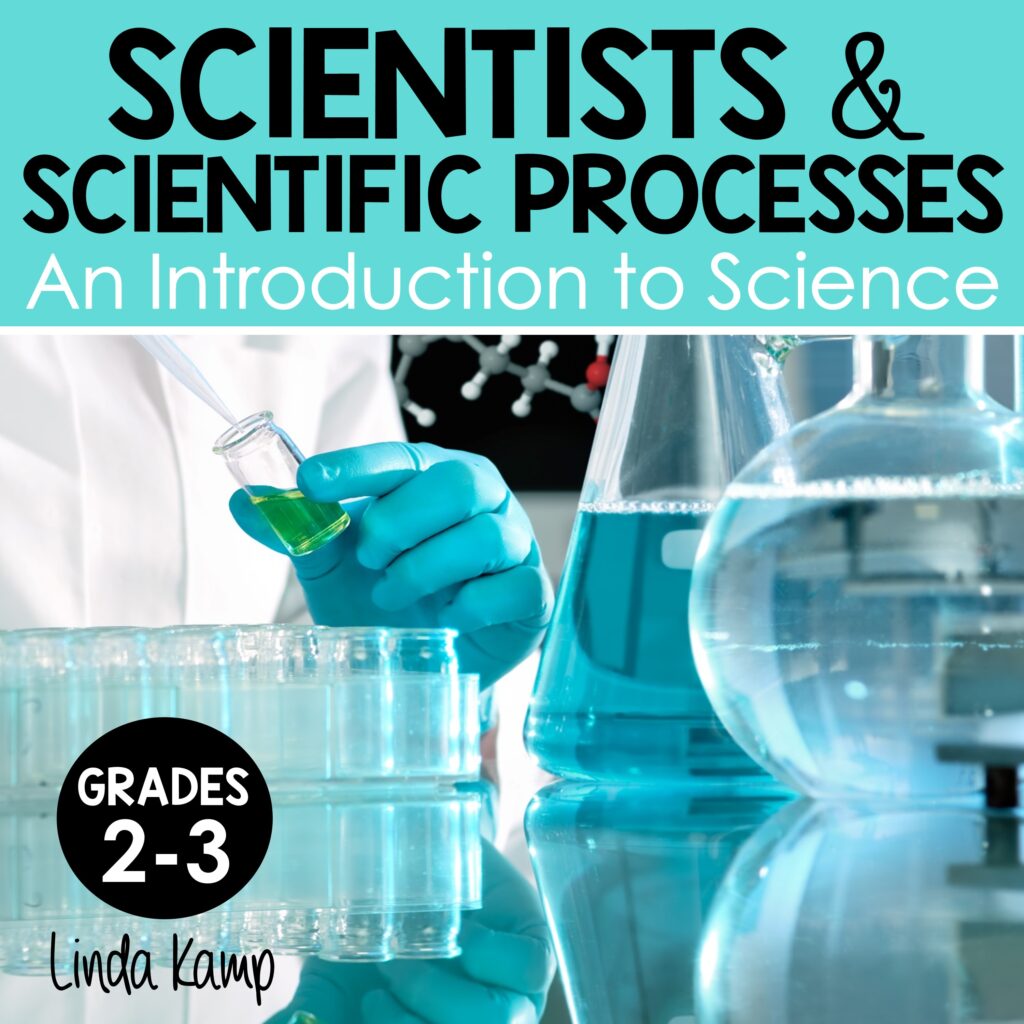
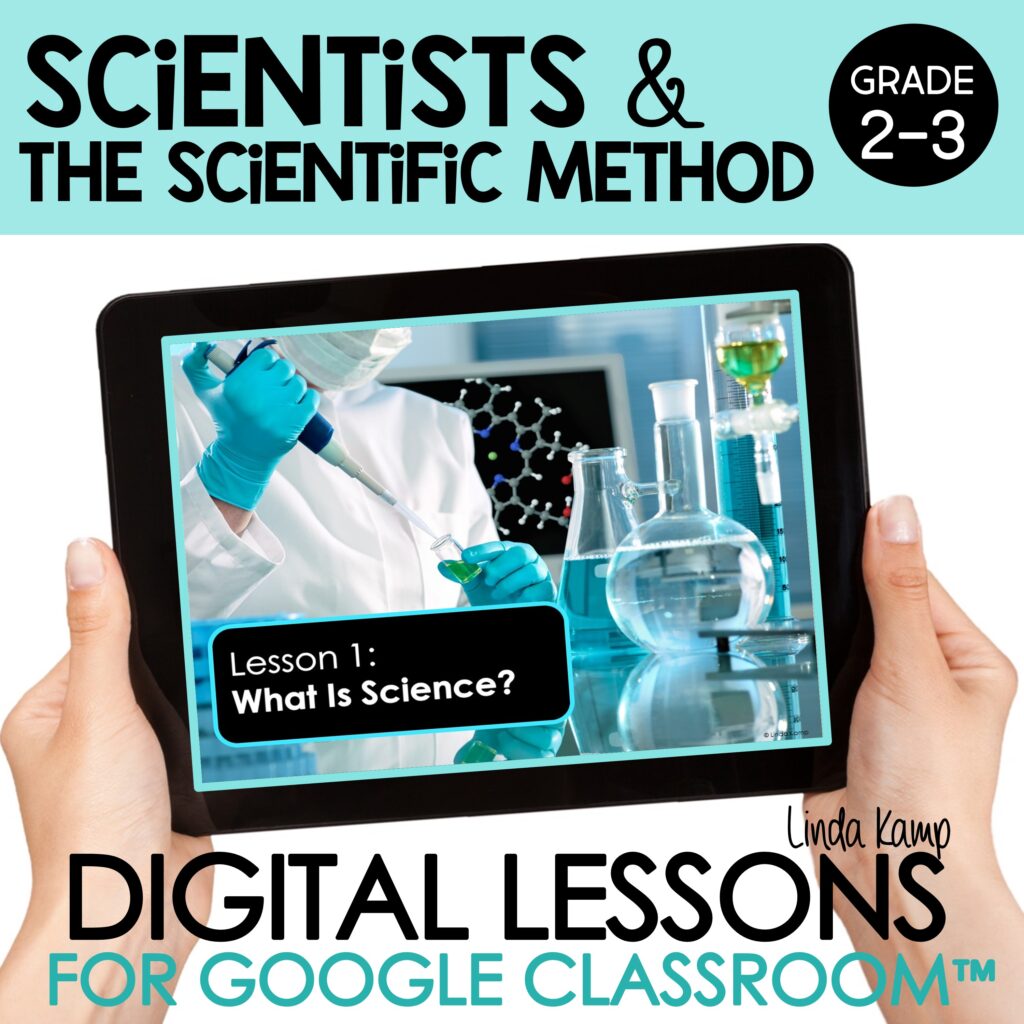
Click HERE for the printable unit and HERE for the digital version. Save with the Print + Digital Bundle.
Beginning with the basics is beneficial to all students and a great way to begin the year in science. As you plan your back to school science activities, I hope these teaching ideas help you introduce science in your classroom and begin building a foundation for all of your future science units.
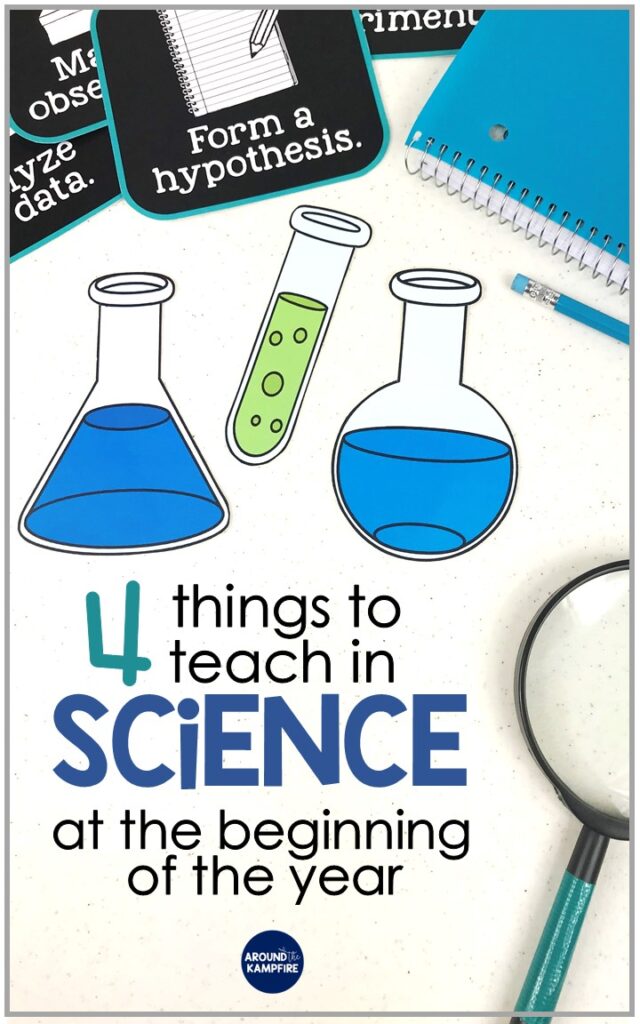
For more science activities and teaching ideas, visit these posts!
Properties of Matter Activities & Experiments
See more of our milk and cookies buoyancy experiment and practicing the steps of the scientific method in action in my classroom!
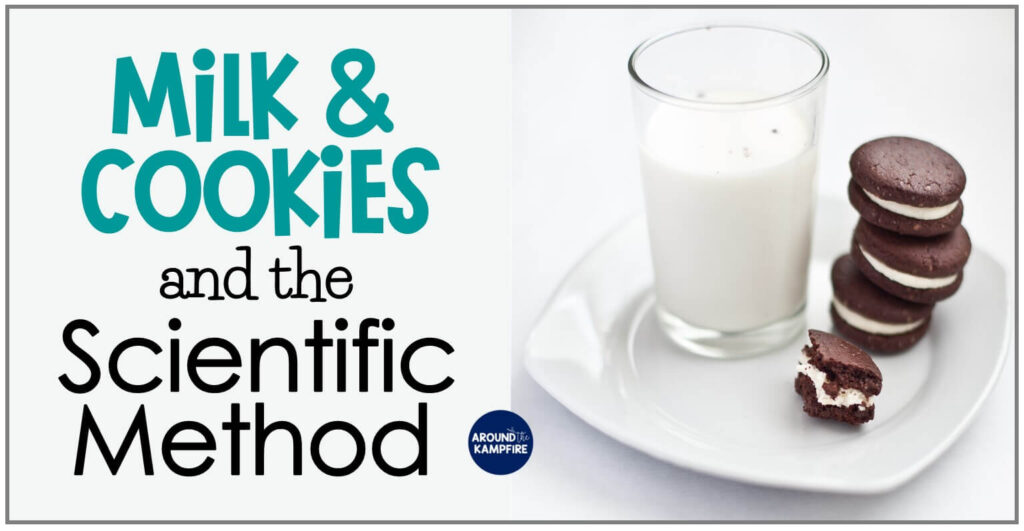
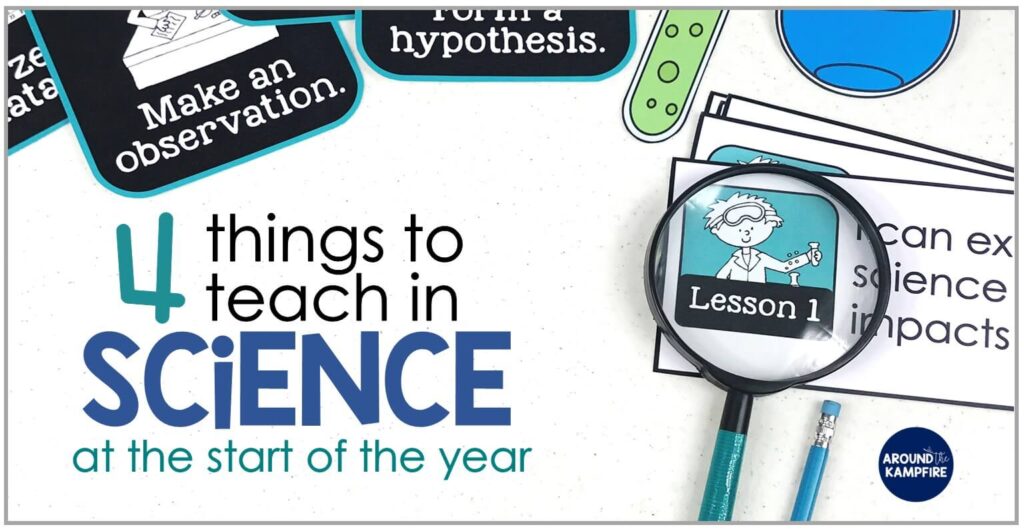
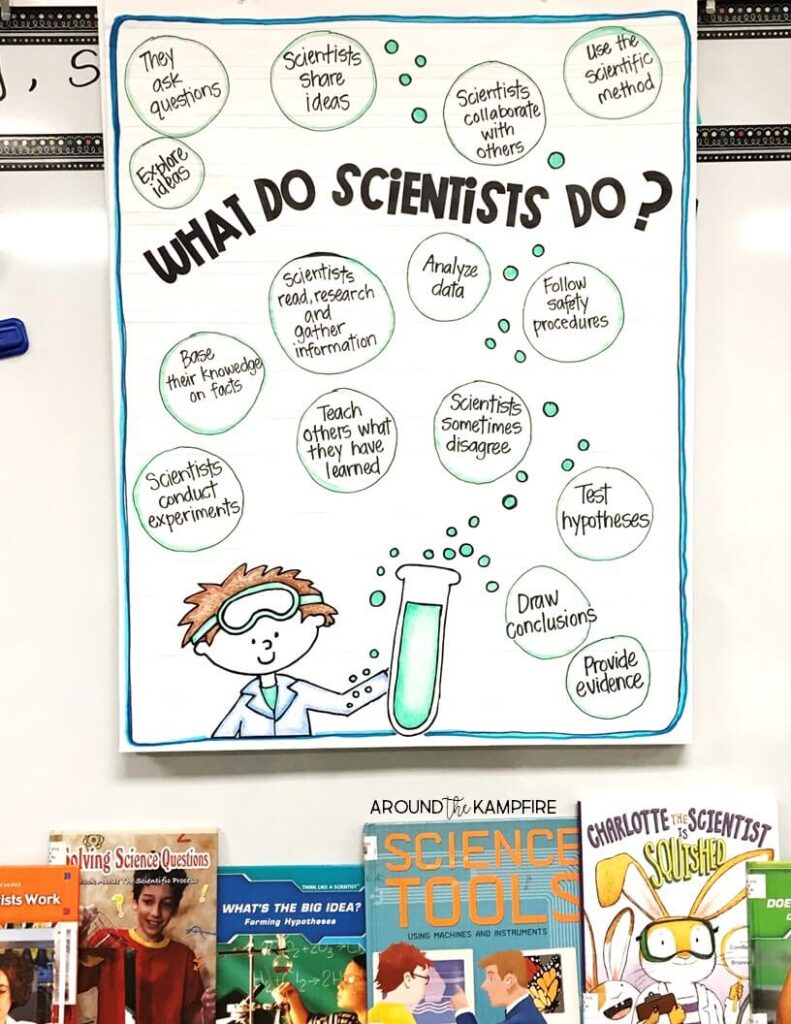
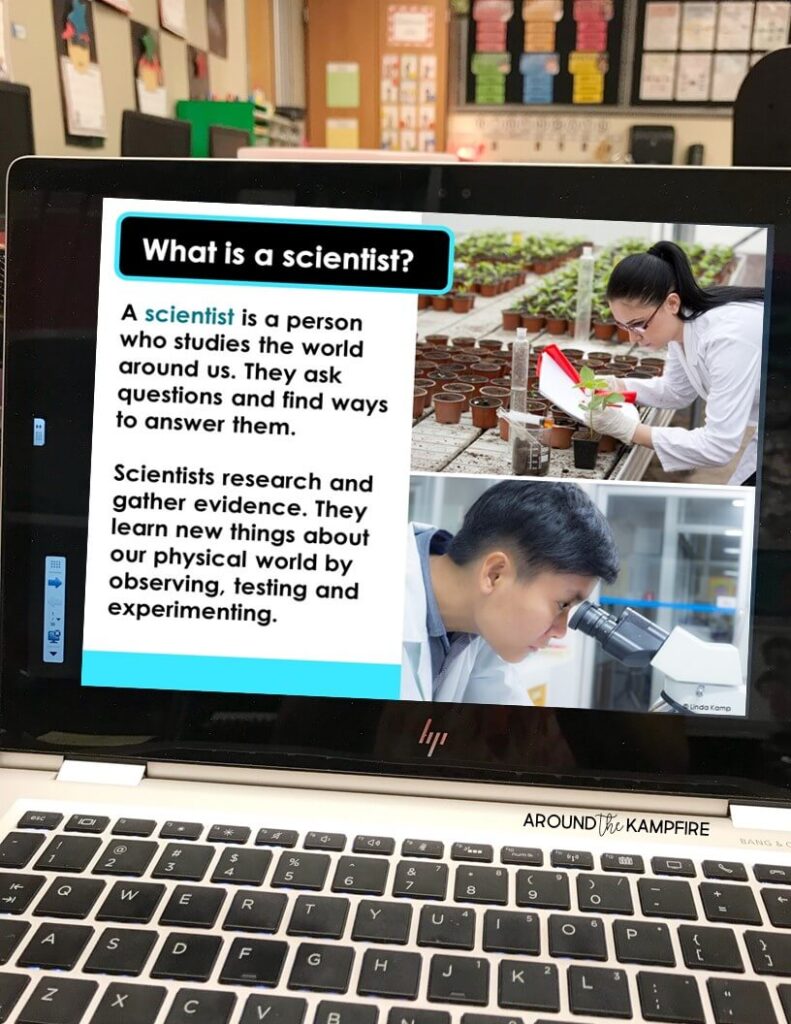
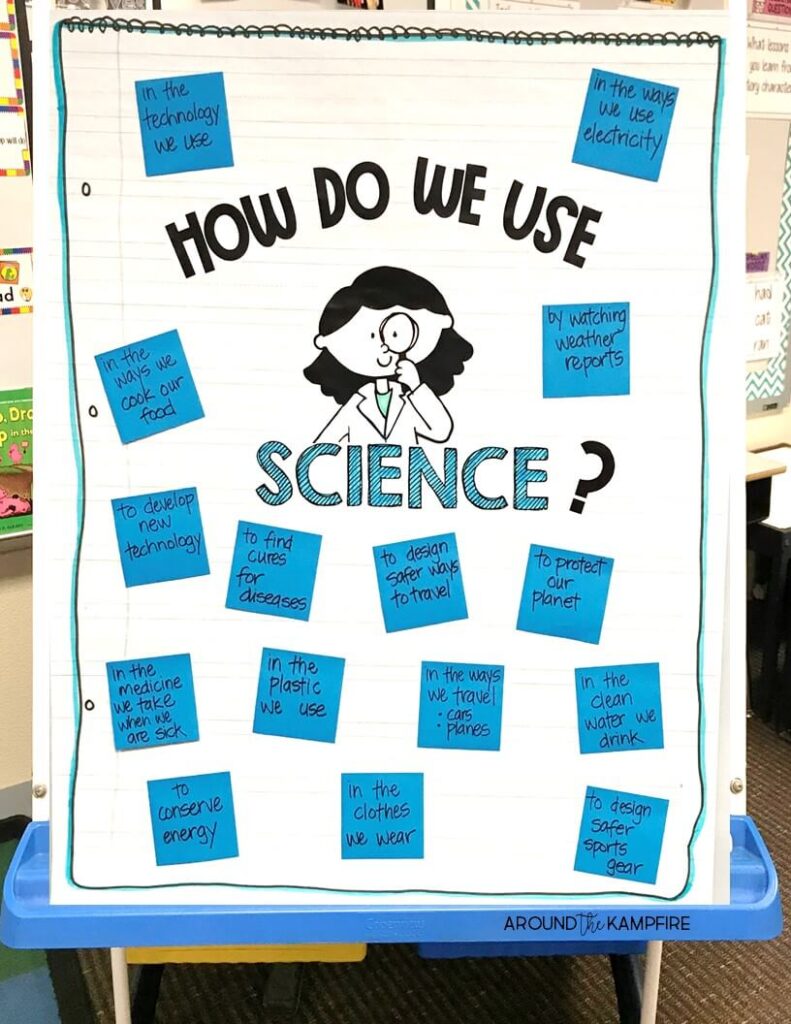
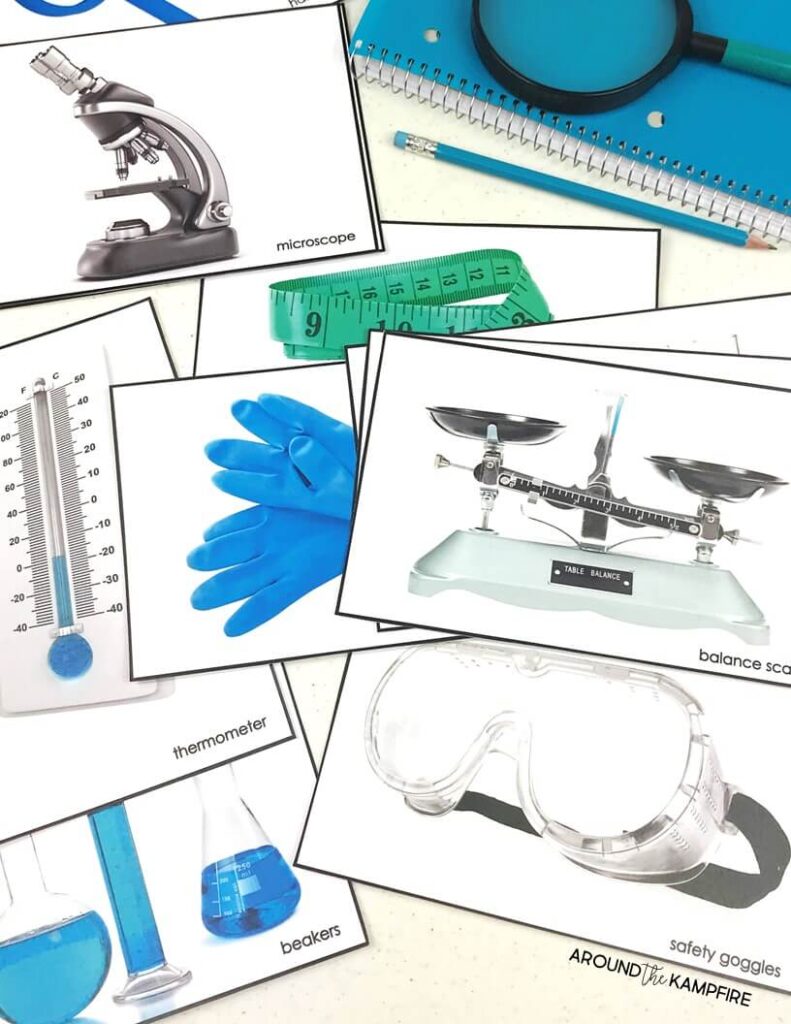
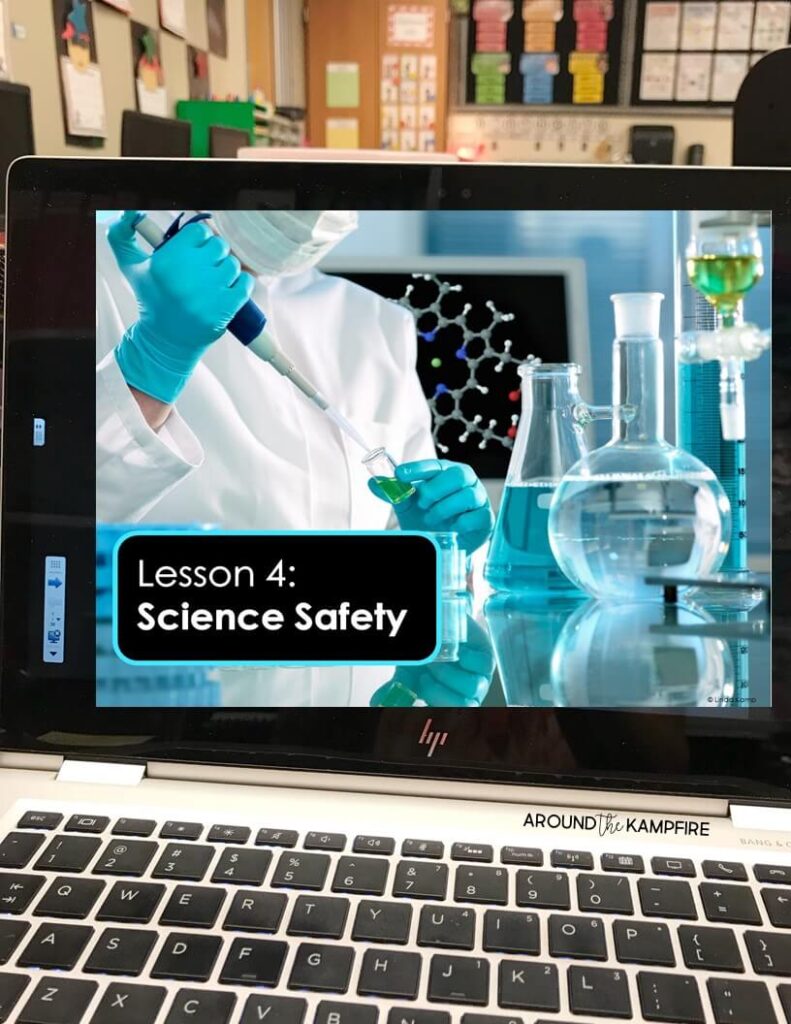
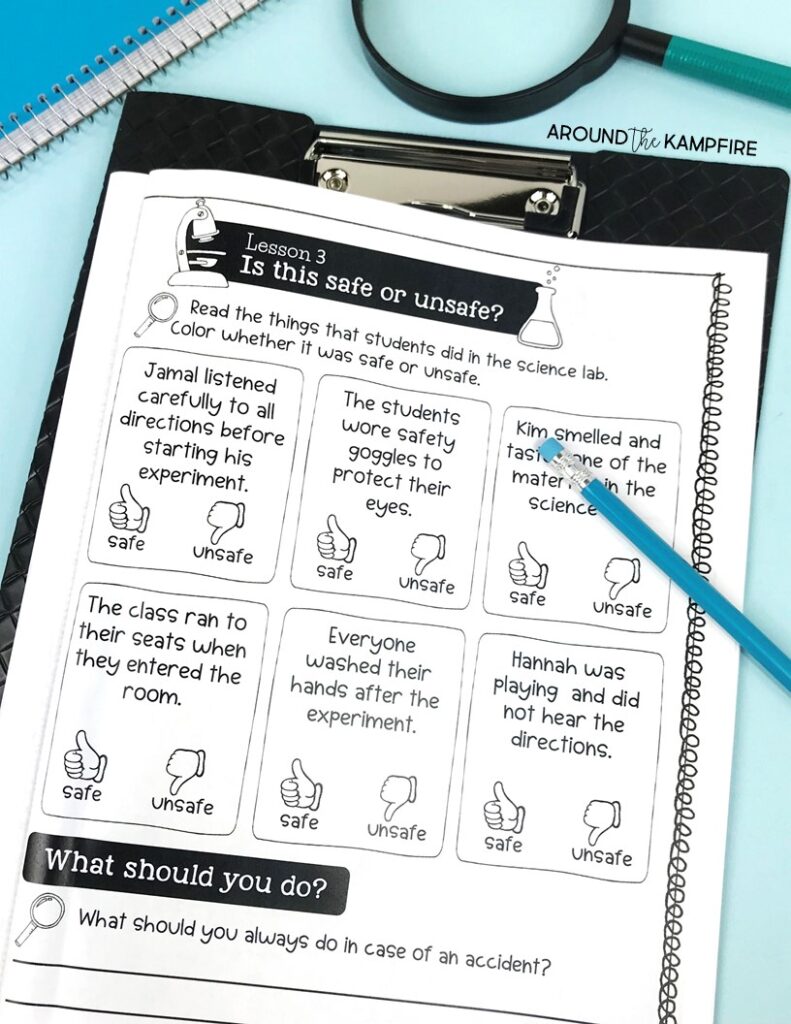
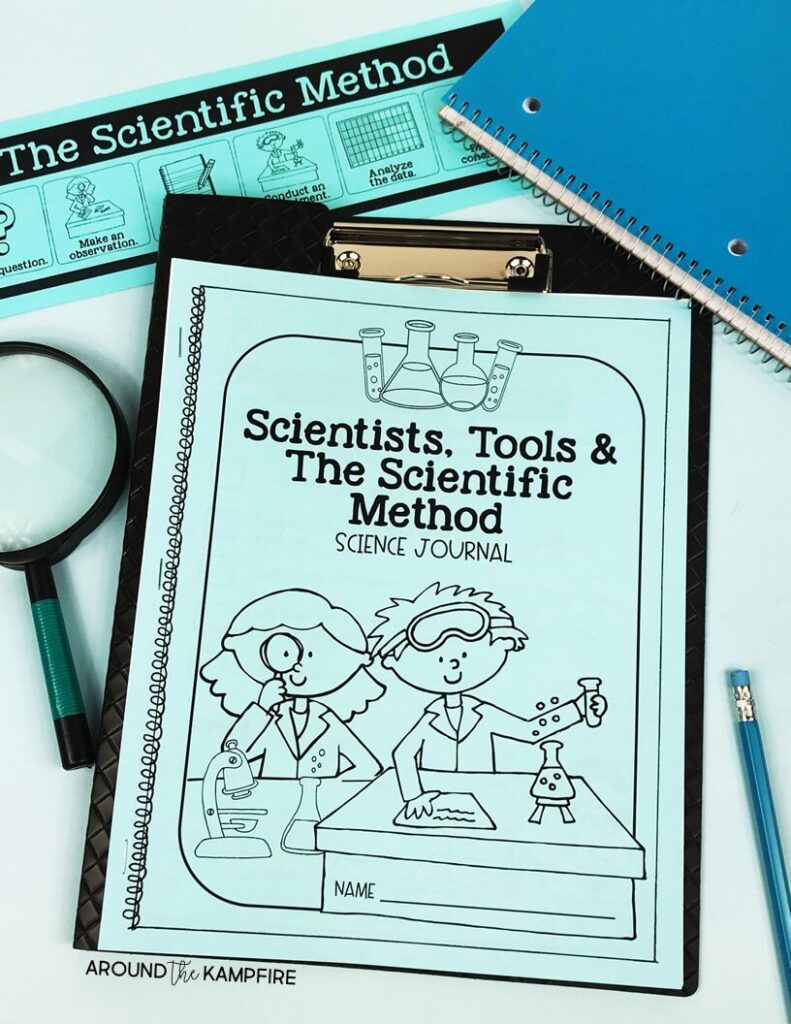
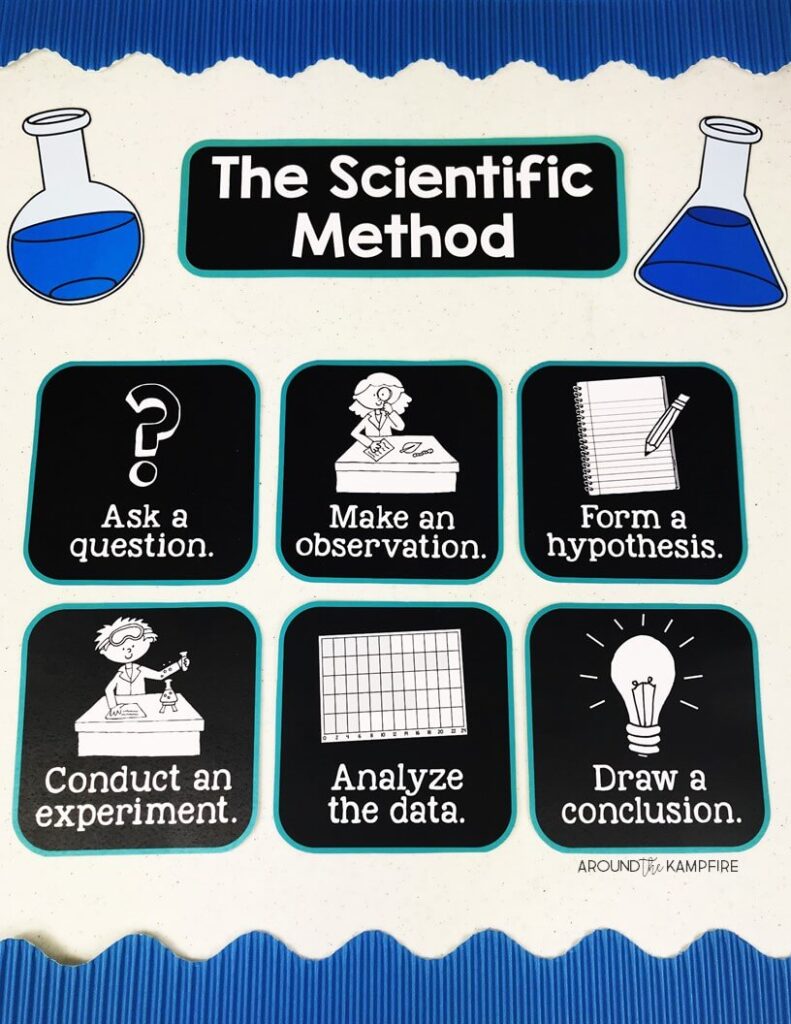
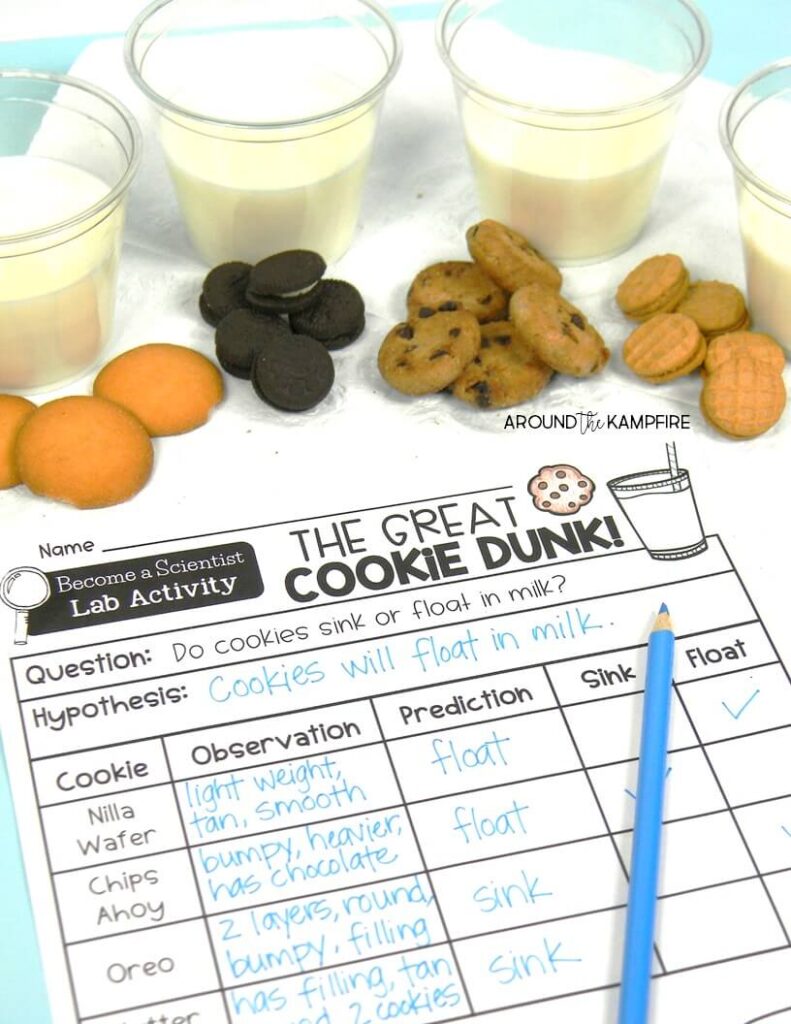
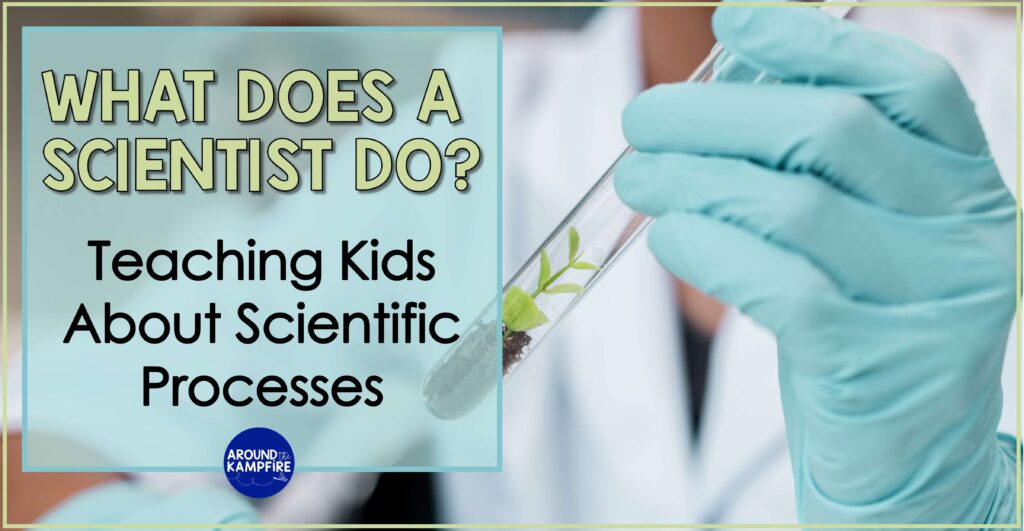
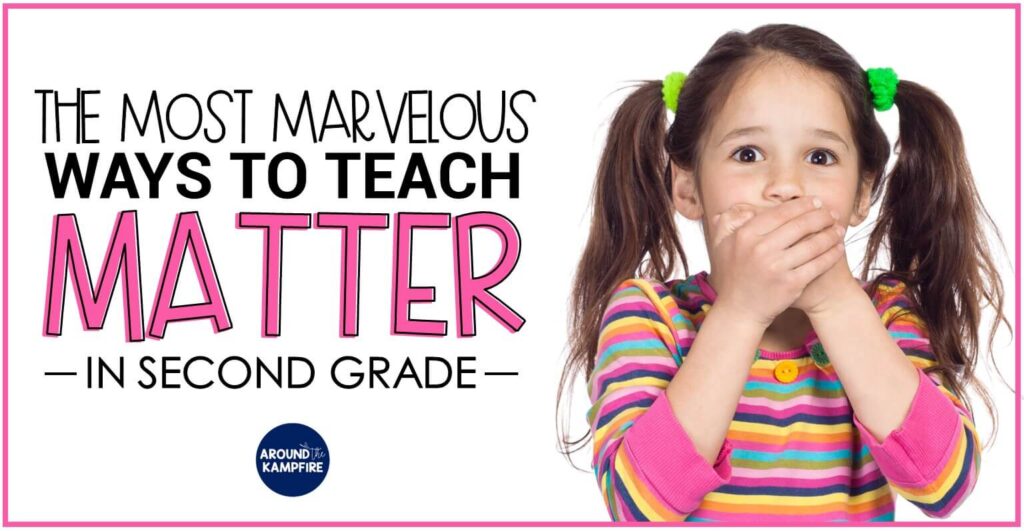
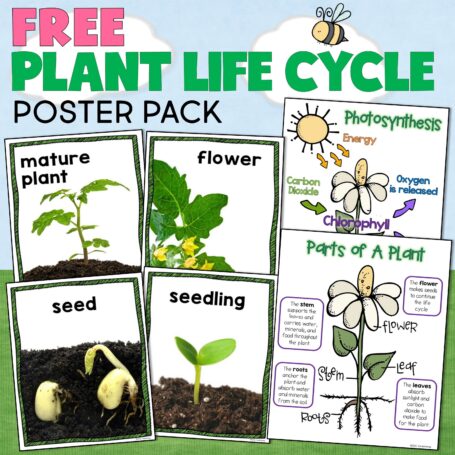
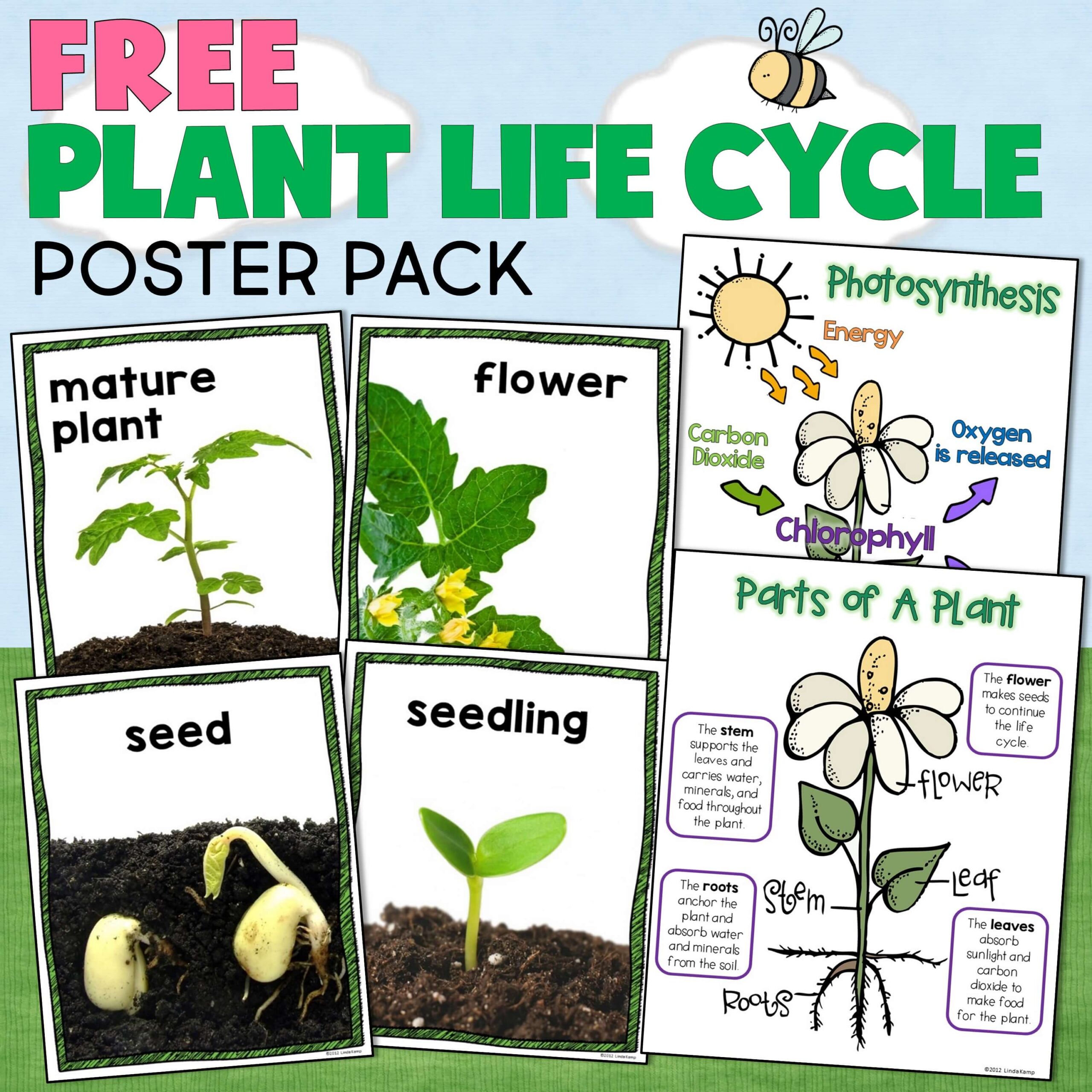
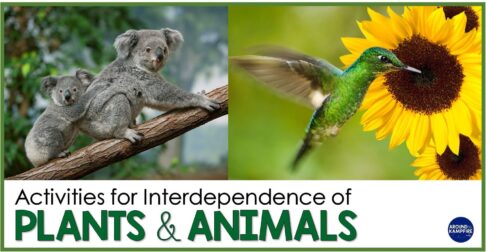
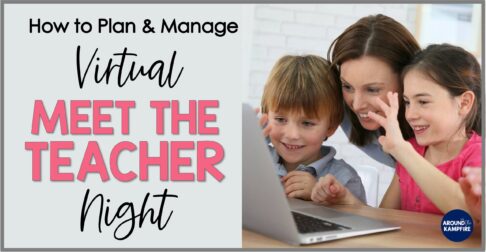
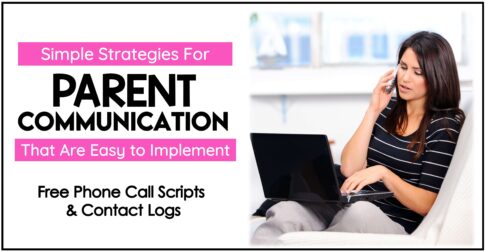
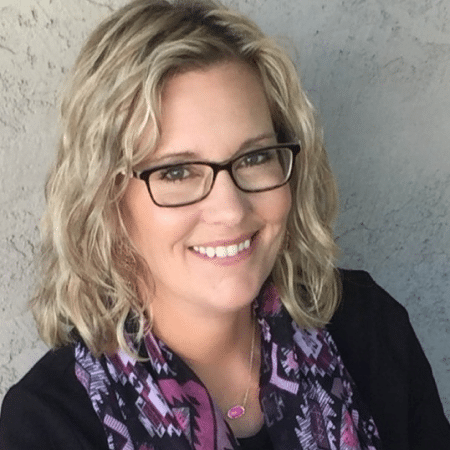
Do you have a list of read-alouds that you like to start the year off with? I see some in the picture.
Hi Holly!
I sure do! This blog post is a roundup of some of my favorite read alouds for the beginning of the year. https://aroundthekampfire.com/2023/07/15-favorite-first-day-of-school-books.html
Although I have changed grade levels and now only teach one subject area, I still LOVE the materials I have used from you over the years! Currently using these from a previous purchase and the students really love the pictures! Thanks so much for this! Keep them coming, especially for intermediate classrooms! :o)
Do you think I can modify this unit for 5th grade science as an introductory unit for science the first week of school. I have taught 3rd grade science but have been reassigned to 5th grade science and was hoping this would be appropriate for this grade level. I know it would be perfect for my lower level students but any ideas on how I can make it more challenging for higher levels.
I love science it is excited to some students and scary to other until realize how fun it really can be. i think yours idea are great love them.
Thank you Barbara! I hope you found some ideas you can use.
I tried to purchase the book “You’re Finally Here” from your link and it says it is unable to send to my address. It then says it is unable to ship internationally. I just wanted you to be aware. I live in Florida.
Hi Mandy,
I’ve had some teachers report the same thing, but then said when they tried ordering a second time their order went through. If you don’t get the book I have added a fun read aloud book video to the unit that you can use instead.
Sorry I hit wrong buttons. Could this be used for older grades. Your pics appear clear for remote learning.
Hi Kathy,
I designed the unit for 2nd and 3rd grades, but you could certainly use it with 4th grade.
Could this be stretched to older grades? Since we will teach remotely, your visuals would be good due to clarity of images.
Can I edit the materials? I like the worksheets, but I would like to modify them slightly.
Lana, the materials are not editable.
My students are loving this unit, as much as this teacher. This unit is very complete, it has all the components I was looking for; lessons, powerpoints, vocabulary, posters and student journals. Will be getting your landforms unit next! thank you.
Where can I purchase these scientific method poster displays?
Hi Ida,
The posters as well as all of the resources featured in this post are part of a complete science unit available here: https://www.teacherspayteachers.com/Product/Scientists-The-Scientific-Method-Intro-to-Science-for-Second-and-Third-Grade-4031475
I am being observed on a plant life cycle
Lesson for Hs ENL students. I am interested in your materials. What is the best way for me to purchase them?
Hi Lori,
Thank you for stopping by! You can purchase my materials including the plant life cycle unit in my shop on Teachers Pay Teachers. If you have not purchased resources on TpT before, it’s very easy, you will just need to create an account to get started. Once you purchase the unit you will be able to download it immediately, save to your computer and print out the resources to use with your students. Here is a direct link to the plant life cycle unit: https://www.teacherspayteachers.com/Product/Life-Cycle-of-Plants-20-Activities-Labs-Printables-Foldable-Flower-Book-224144
I hope this helps and best of luck with your observation!